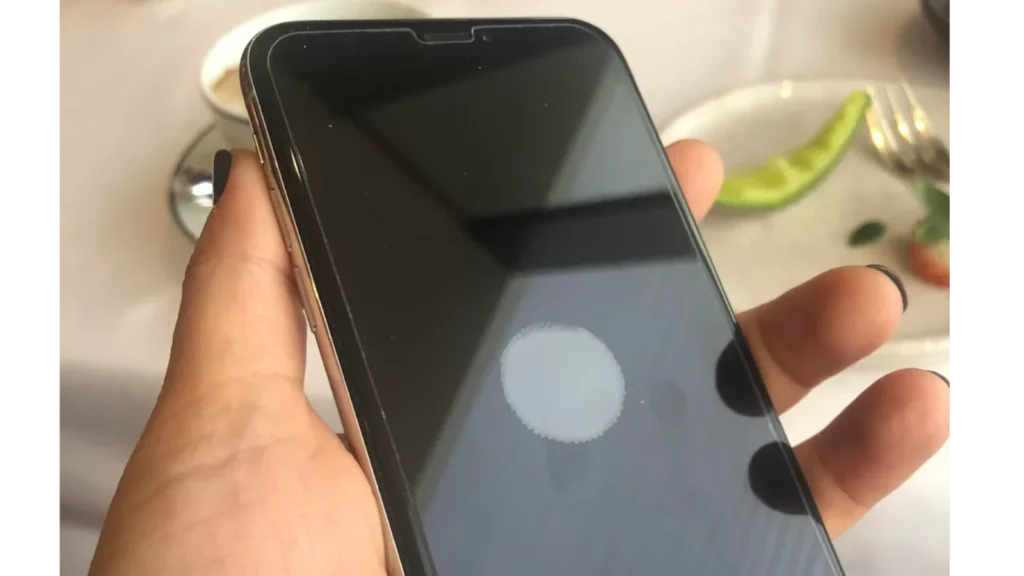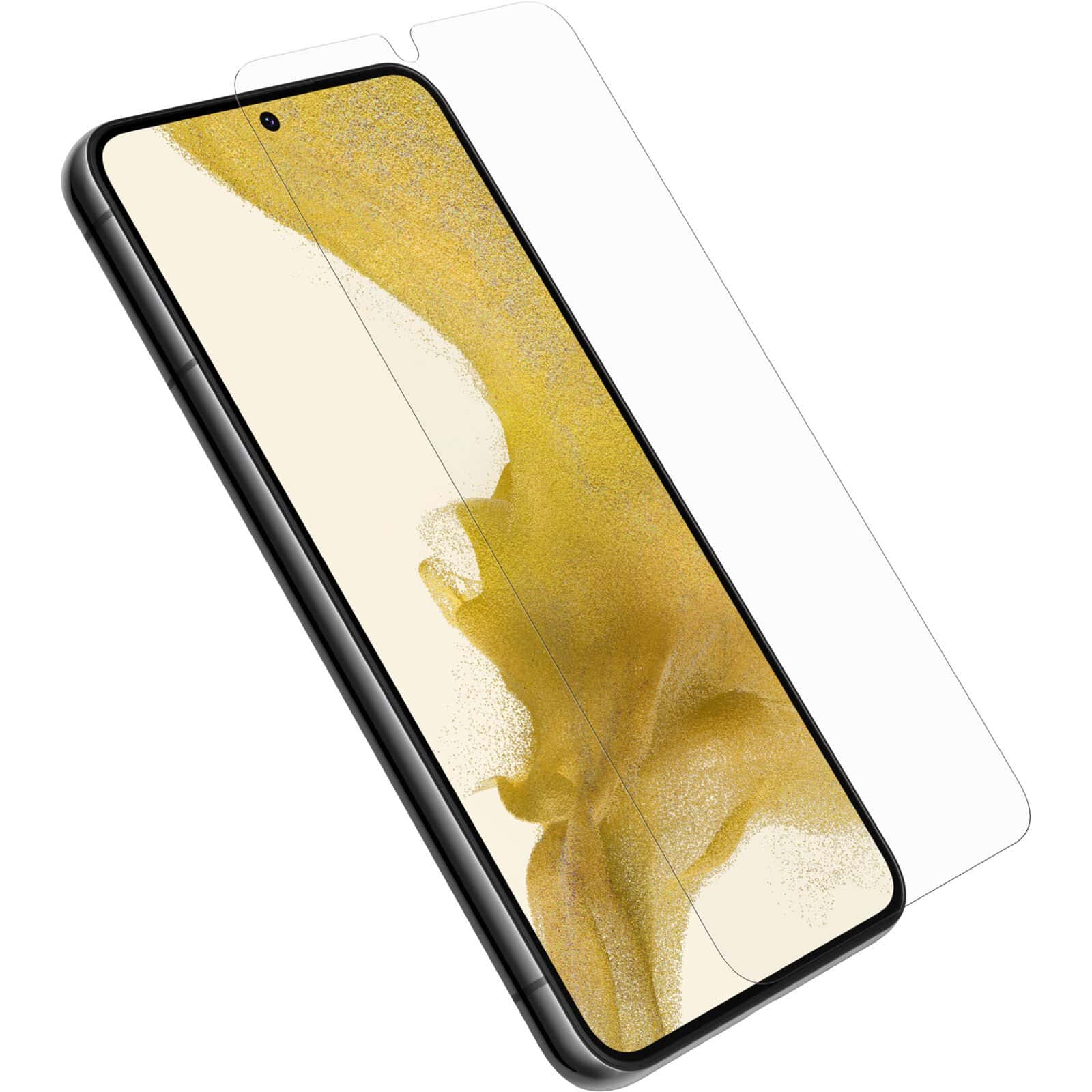A phone screen protector is a thin, transparent sheet that attaches to the display of a smartphone. Its main purpose is to protect the screen from scratches, cracks, and smudges that can occur with daily use. This simple addition can significantly extend the lifespan of your phone’s screen and help it maintain a like-new appearance.
There are various types of screen protectors available, including tempered glass, PET film, and TPU. Each type offers different levels of protection and clarity. Tempered glass protectors are popular due to their durability and high resistance to scratches. In contrast, PET film protectors are thinner and less noticeable but provide limited protection against impacts.
Applying a screen protector is straightforward but requires care. It involves thoroughly cleaning the screen to ensure that no dust or bubbles are trapped underneath. Using a screen protector can make a significant difference in maintaining both the quality and functionality of your smartphone’s display.

Shielding Your Smartphone: An Essential Accessory
The Basics: What is a Screen Protector?
It’s a thin layer of material, often made of tempered glass or plastic, that adheres to your phone’s screen. Think of it as a bodyguard for your phone’s display, safeguarding it from everyday wear and tear.
Why Use a Screen Protector?
The main job of a screen protector is to prevent scratches. Keys, coins, or even just dust in your pocket can scratch your phone’s delicate glass. A protector takes the hit instead, keeping your screen pristine.
Screen protectors can also help absorb impacts from drops, potentially saving your phone’s screen from shattering. While not foolproof, they add an extra layer of defense against accidental damage.
Types of Screen Protectors
Tempered Glass
- Pros: Offers the best protection against scratches and impacts, feels smooth to the touch, and maintains screen clarity.
- Cons: Can be more expensive, may not be as flexible as other types, and can add a bit of thickness to the phone.
Plastic Film
- Pros: Affordable, flexible, and easy to apply. Some types offer privacy features or blue light filtering.
- Cons: Less protective than tempered glass, can scratch more easily, and may affect screen clarity.
Other Types
There are also specialized screen protectors with features like anti-glare, self-healing, or even antimicrobial properties.
Choosing the Right Screen Protector
Consider these factors when picking a screen protector:
- Protection Level: Do you need basic scratch protection or something more heavy-duty?
- Feel: Do you prefer the smooth feel of glass or the flexibility of plastic?
- Clarity: Some protectors may slightly affect screen clarity.
- Features: Do you need privacy, blue light filtering, or other special features?
- Cost: Screen protectors range in price, so set a budget.
Popular Screen Protector Brands
- Zagg: Known for its InvisibleShield line, offering both tempered glass and film protectors with various features.
- Spigen: Offers a range of affordable and durable tempered glass protectors.
- Whitestone Dome Glass: Known for its unique liquid adhesive installation process and high-quality tempered glass.
- BodyGuardz: Provides both tempered glass and film protectors with lifetime warranty options.
- Belkin: Offers a range of screen protectors, including options with anti-microbial properties.
Screen Protector Comparison Table
| Type | Pros | Cons |
|---|---|---|
| Tempered Glass | Best protection, smooth feel, clear display | More expensive, less flexible, can add thickness |
| Plastic Film | Affordable, flexible, easy to apply | Less protective, scratches easily, may affect clarity |
Remember, a screen protector is a small investment that can save you from a costly screen repair or replacement. Choose one that suits your needs and enjoy peace of mind knowing your phone’s screen is protected.
Key Takeaways
- A screen protector shields your phone’s screen from damage.
- Various types of protectors offer different levels of protection.
- Proper application is essential for best results.
Understanding Screen Protectors
A phone screen protector is a thin sheet that protects your device’s screen from damage. Different materials offer various levels of protection, and choosing the right type can also impact visibility and touch sensitivity.
Materials and Types
Phone screen protectors come in several materials, each with its own properties. Tempered glass is very strong and provides excellent scratch and impact protection. It usually has a 9H hardness rating on the Mohs scale. Polyethylene Terephthalate (PET) is a type of plastic known for being light and flexible, though it offers limited scratch resistance. Thermoplastic Polyurethane (TPU) is more flexible than glass and can absorb light impacts well.
There are also specialty protectors like those with an oleophobic coating to resist fingerprints, anti-reflective or anti-glare filters to improve visibility, and types designed for compatibility with fingerprint readers.
Benefits of Using a Screen Protector
Screen protectors help keep your device’s screen looking new and functional. They provide a scratch-resistant layer that can prevent everyday wear and tear. Impact protection is another benefit, especially with tempered glass protectors that can take the hit instead of your actual screen.
A screen protector also adds value by maintaining touchscreen sensitivity and ensuring that your device responds well to touch inputs. Oleophobic coatings reduce fingerprints and smudges, making the screen easier to clean and view. They can also make your screen more resistant to minor hits and drops.
Selection Criteria
Choosing the right screen protector involves several factors. Durability is essential, with tempered glass being the most durable option. If on a budget, a PET film provides affordable but less durable protection. Those who prefer flexibility might opt for TPU protectors.
Compatibility with your device model is crucial to ensure a good fit, especially over the screen and any fingerprint readers. Check for features like anti-glare or anti-reflective coatings if screen visibility is a concern. Pay attention to transmittance and how it affects screen clarity and brightness, ensuring that the screen protector does not dim your display.
Selecting a screen protector that meets your needs can prolong the life of your device and keep it performing well.
Frequently Asked Questions
Many people use screen protectors to keep their phones safe from scratches and drops. This section answers some common questions about the types and benefits of screen protectors.
What are the different types of screen protectors available for smartphones?
Screen protectors come in several types. Tempered glass offers strong protection against drops. Plastic protectors are thinner and lighter. Hydrogel protectors can self-heal minor scratches. Privacy protectors keep your screen hidden from prying eyes. Matte protectors reduce glare.
How does a tempered glass screen protector differ from a plastic one?
Tempered glass protectors are thicker and provide better protection against drops. They feel more like the original screen. Plastic protectors are thinner, lighter and cheaper. They mainly protect against scratches and minor impacts.
What benefits do privacy screen protectors offer to users?
Privacy screen protectors make it hard for others to see your screen unless they are directly in front of it. This keeps your information safe from people sitting next to you. Privacy protectors are useful in public places.
Can a hydrogel screen protector adequately protect a phone’s screen from damage?
Hydrogel screen protectors offer good protection against scratches. They can also self-heal minor scratches over time. However, they are not as strong as tempered glass when it comes to protecting from drops.
What are the disadvantages of using a screen protector on a mobile phone?
Screen protectors can reduce touch sensitivity. They may also affect the clarity of your display. In some cases, they can peel off over time or collect dust at the edges. Removing and reapplying them can be tricky.
In terms of screen protection, how effective are matte screen protectors?
Matte screen protectors reduce glare and fingerprints. They offer decent protection against scratches. However, they don’t provide as much impact protection as tempered glass. Matte protectors can also slightly reduce screen clarity and brightness.

